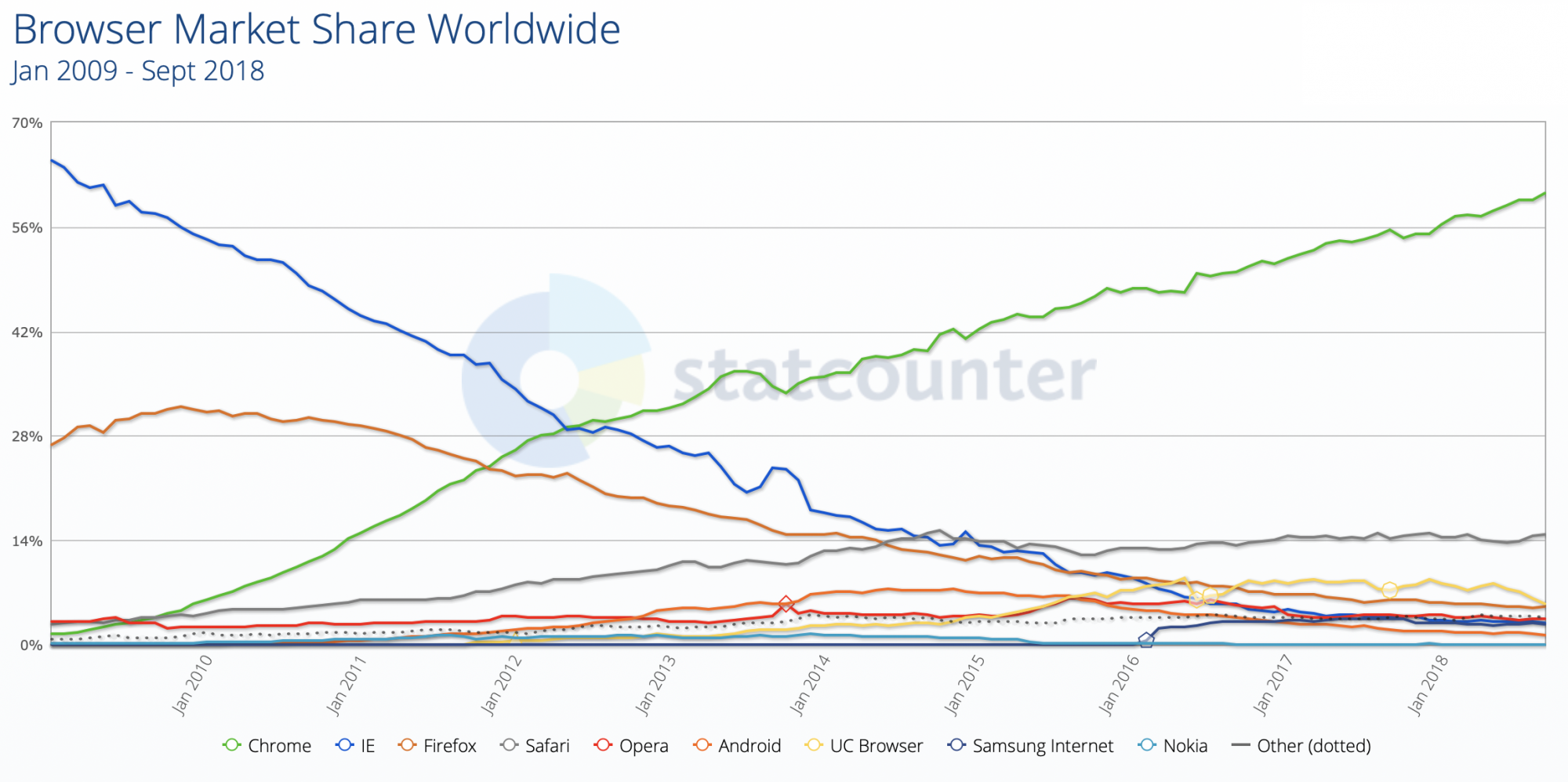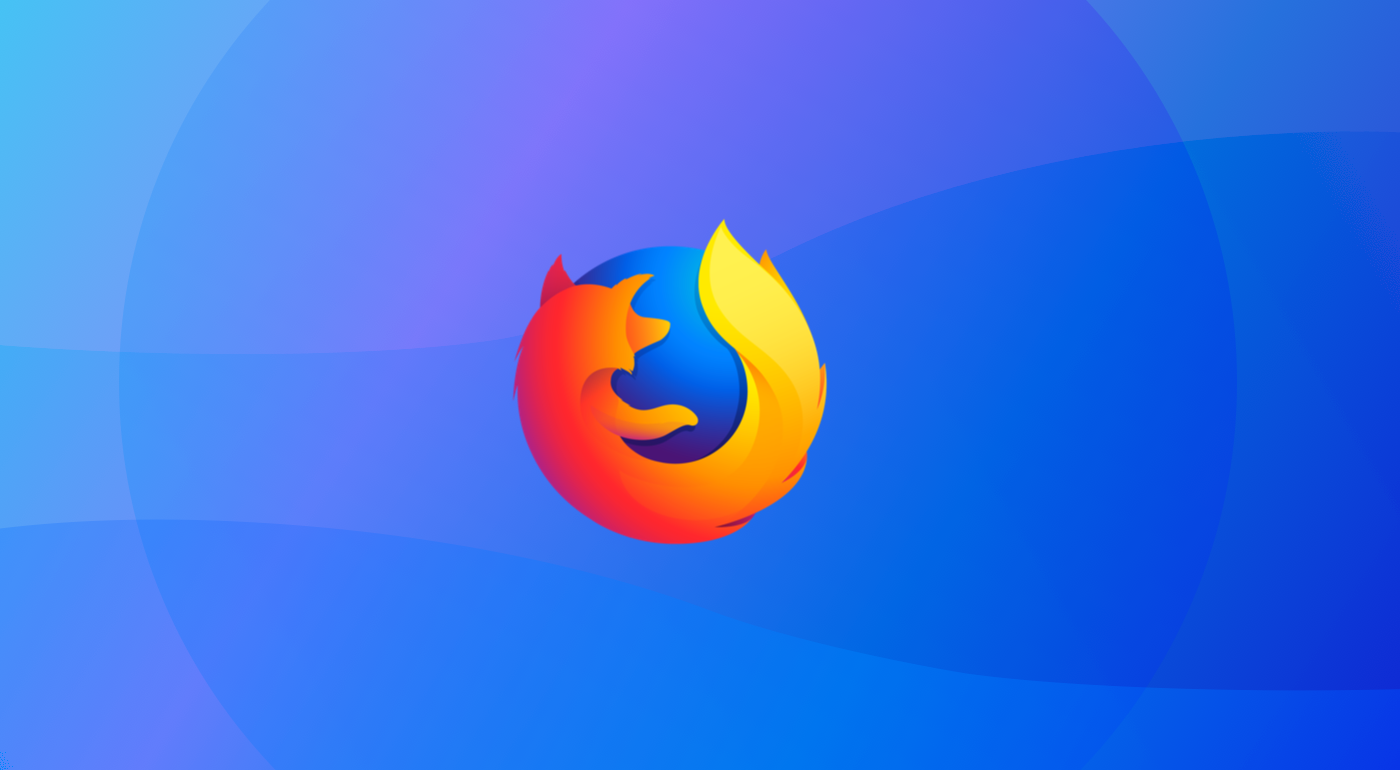My obsession with the internet began long before I left the UK for colder climates. Upon starting my first job in 2001, I ran a gaming website and was geeking out to colleagues about Opera browser.
So, when my inbox lit up with a job offer from the Norwegian-based company, I packed my bags and never looked back. I didn’t know anything about Norway, but what I did know is that I would be joining a company of very talented people.
Over the next five years at Opera Software, I learnt so much about web browsers. One of the toughest decisions developers had to face was switching the code at the heart of the product. The rendering engine. It meant a move away from their own model to Blink, which powers Chromium – the basis of Google Chrome.
This was an important decision. From a business perspective, it was due to work out well for Opera. The company was able to get rid of a huge development cost and concentrate efforts on features.
When it came to other players in the browser space, there were a few different rendering engines:
Microsoft Internet Explorer used Trident
Apple Safari used WebKit
Mozilla Firefox used Gecko
Google Chrome used Blink (based on WebKit)
Opera used Presto
Although Opera Software were very proud of Presto, I could see the logic behind the decision at the time. Opera’s market share on desktop hovered at around 3%. Google’s strength online meant that Chrome‘s browser share grew fast. And Chrome used Blink – an open-source project that both companies could contribute to.
For website owners, this meant that Safari, Chrome, and Opera would render pages in a similar way. Less headaches all-round when it came to compatibility issues. A good thing, right?
Let’s fast-forward to 2019
The state of the browser industry looks quite different. Microsoft replaced Internet Explorer with Edge, and there is more competition than ever. At least on the surface.
Apple Safari
Brave
Google Chrome
Microsoft Edge
Mozilla Firefox
Opera
UC Browser
Vivaldi
Yandex
And now that same list, grouped by rendering engine with market share added:
Blink / Chromium
61.75% – Google Chrome
4.22% – UC Browser
3.15% – Opera
2.15% – Microsoft Edge (uses EdgeHTML, soon Blink)
0.41% – Yandex
0.05% – Vivaldi
??% – Brave
WebKit
15.12% – Apple Safari
Gecko
4.92% – Mozilla Firefox
As you can see; Blink/Chromium has the lions share.
Google’s Chromium project sparked an easy way to build a browser. The core components are now handled out-of-the-box, allowing companies to focus unique features. Or money-making opportunities.

Google Chrome is force-fed to users of any Google product. Any non-Chrome-based browser on a Google product results in a “worse experience”. Google websites optimise for Chromium and the masses rely on Google websites.
What is worse than making a website that doesn’t work the same in all browsers? Making changes to the browser to “fix” your broken websites.
This week, a Mozilla developer reverted a patch in Chromium which did not comply to spec. The patch in question was there to fix a problem on Google Photos.
A change like this means Google’s mistakes in web code would be “fixed” by using Google’s web browser.

Chromium holds a majority akin to the monopoly Microsoft held with Internet Explorer. And with Microsoft making questionable decisions, that was not a good place to be in. Even the European Commission recognised this under competition laws.
And that’s the long-winded version of why I’ve turned to Mozilla Firefox.
Sat near the bottom of the browser usage tables with a weak market share, Mozilla holds strong values. The company is a non-profit foundation – relying on partner deals and user donations. They aren’t looking to collect and sell your data (unlike a lot of other companies).
Having competition in the market is healthy for everyone. Using less Google products is healthy for everyone.
I’d encourage you to give Firefox a try. Set it as your default browser for a few weeks and see how you get along. If not for “the good of the internet”, then because it’s currently rated “The best browser of 2019” by Top 10 Reviews.
After 80 hours of researching and testing, we found Mozilla Firefox is the best overall internet browser because of how fast pages load, how quickly it navigates to websites and, most importantly, how secure this browser is.
Google Chrome is also a very good browser with the same toolset as Firefox, and while it typically comes down to personal preference, Mozilla Firefox did do slightly better in our speed tests and proved to be much more secure than Google Chrome.
The Best Web Browsers 2019 (Top 10 Reviews)
What web browser are you using? And are you willing to give Firefox a try?

Leave a Reply